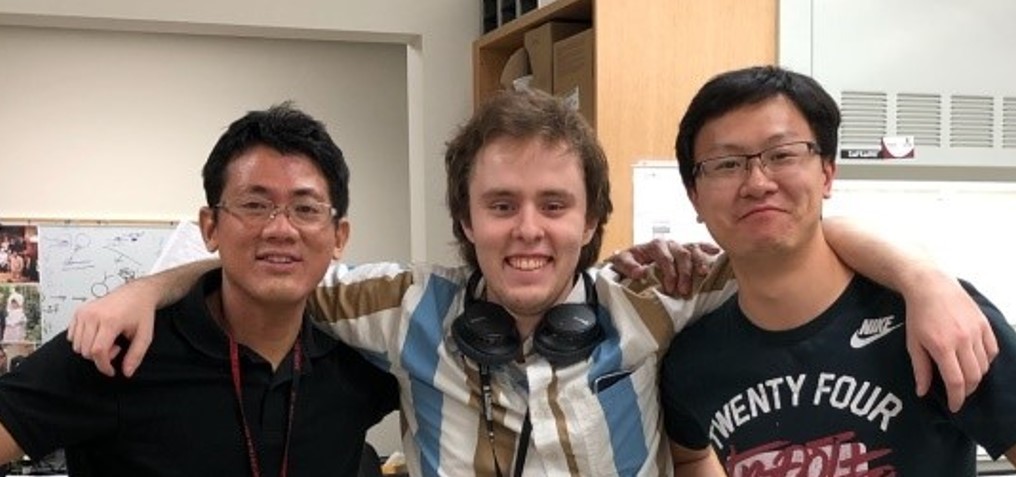The project started off with a simple observation: in a drug screen panel of hundreds of ALL patients, dasatinib disproportionately showed a strong effect in T-ALL. This was unexpected because T-ALL does not have the known target of dasatinib, the BCR-ABL fusion gene. However, this observation was highly relevant to T-ALL for which therapeutic options are quite limited and new drugs are much needed. Before we can start using dasatinib in children with T-ALL, we wanted to first find biomarkers that can predict response and make sure this new therapy would be based on compelling biological rationale.
This led our lab at St. Jude on a long and winding journey trying to discover the reasons behind T-ALL leukemia sensitivity to dasatinib. We knew dasatinib has many potential targets, so at the outset we decided to utilize ‘omics-scale’ approaches to scout the entire genome for mutations, translocations, and other molecular features linked to this phenotype. In the ensuing months, we dug deep into the biology of dasatinib and T-ALL. The mechanism of drug response started to emerge, but also grew complicated as time went on. We initially focused on purported targets of dasatinib and our experiments were gradually guiding us towards Lck. However, we quickly found ourselves limited in our ability to elucidate the pathway as a whole and find ways to predict response accurately.
Following an elevator pitch to our good friends in the Computational Biology Department at St. Jude, we got to utilize their systems biology algorithm NetBID, a significant upgrade from our traditional genotype-phenotype association approach. This approach completely opened the door for biological understanding, allowing us to move beyond single-gene markers. These analytical frameworks utilize the large amount of data we collected, while also giving specific predictions of drug response. In this sense, the complexity of drug response and the biology behind it turned into a strength rather than a complication.
While trying hard to understand dasatinib sensitivity in T-ALL, we were also troubled by the seemingly rapid development of dasatinib resistance. Because our goal is to develop dasatinib therapy for patients with T-ALL, finding acquired resistance was definitely concerning. To explore this further, we used state-of-the-art single-cell technology to dissect the factors related to drug resistance.
Ultimately, we found candidates for resistance in the Bcl2 family of proteins. Interestingly, while a high BCL2 activity was associated with dasatinib resistance, this could potentially confer leukemia sensitivity to BCL2 antagonists like venetoclax. This observation raises the possibility of combining two targeted therapeutics in T-ALL.
Discovering new biology is always exciting and fun, but knowing our work may one day lead to a novel therapy for children with this catastrophic disease made this project immensely gratifying. There is much to be hopeful about in 2021, among which is our optimism to cure children with T-ALL with dasatinib therapy.








Please sign in or register for FREE
If you are a registered user on Research Communities by Springer Nature, please sign in